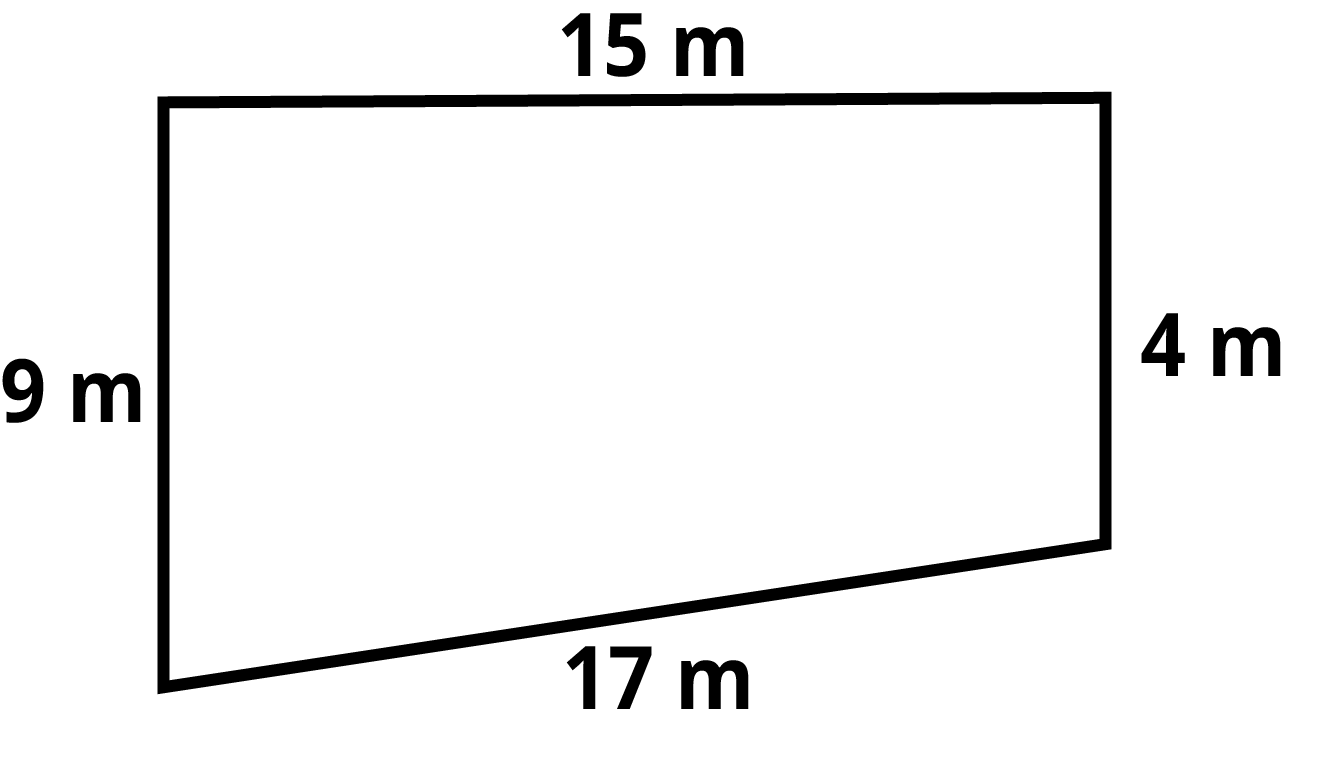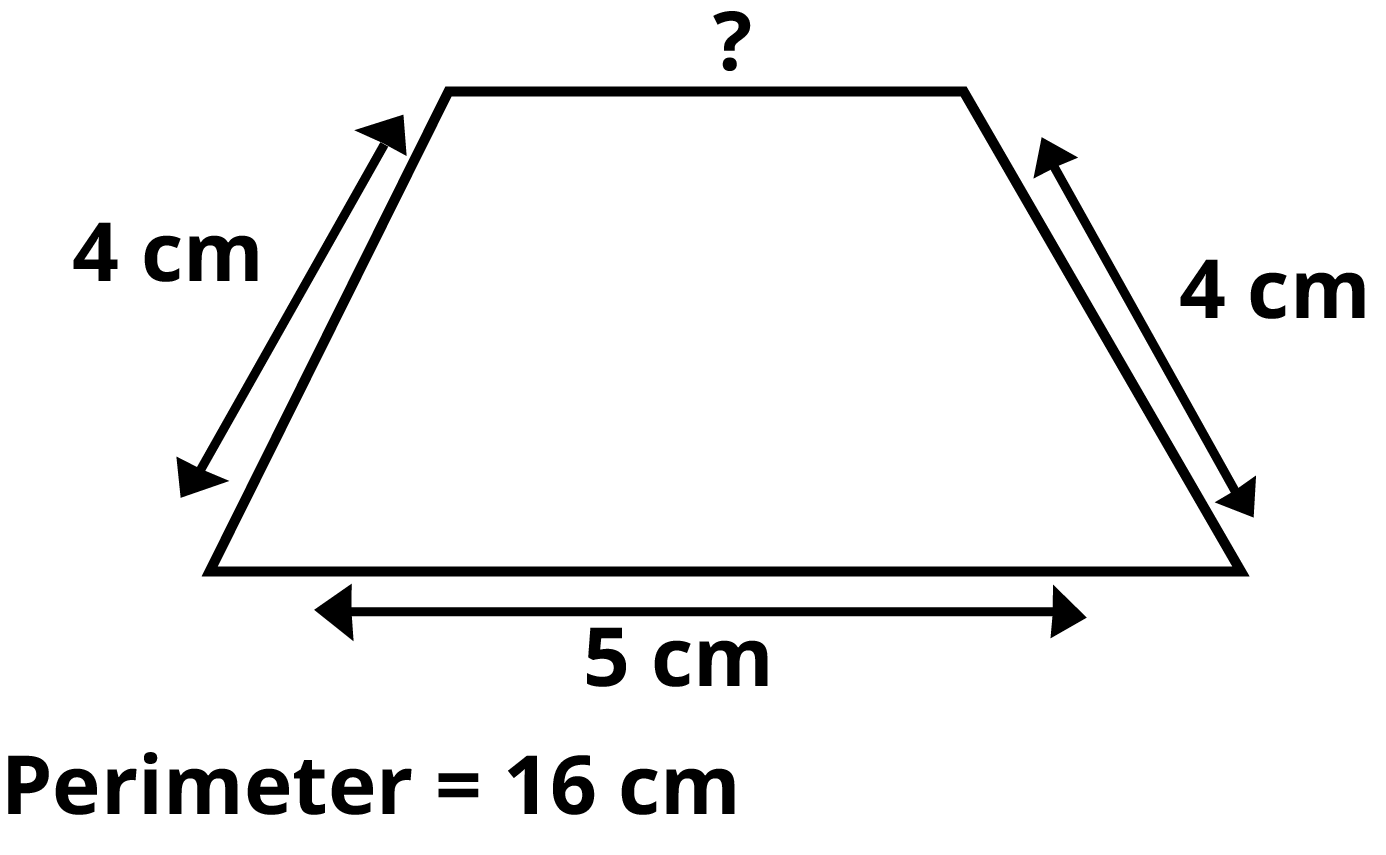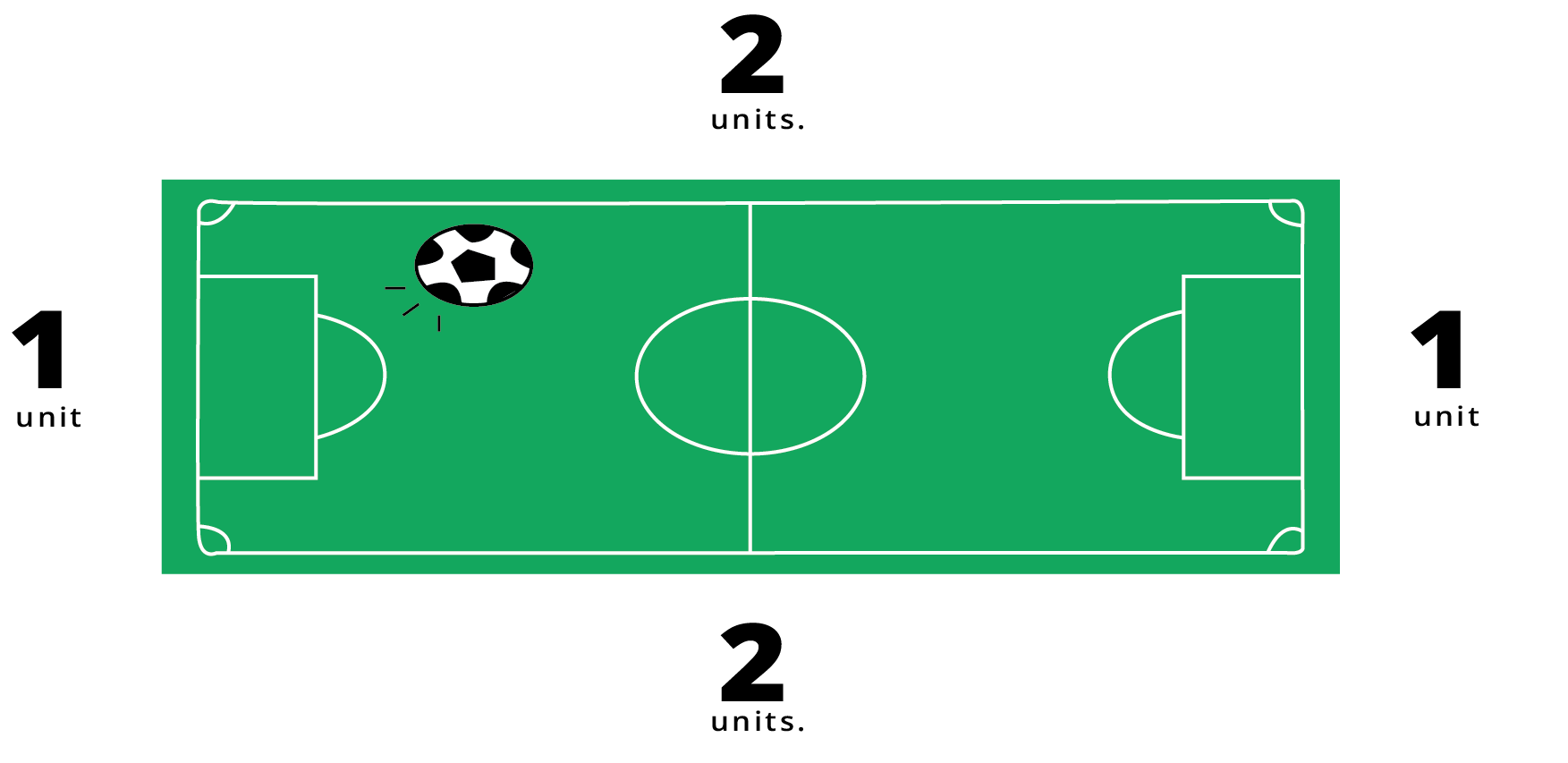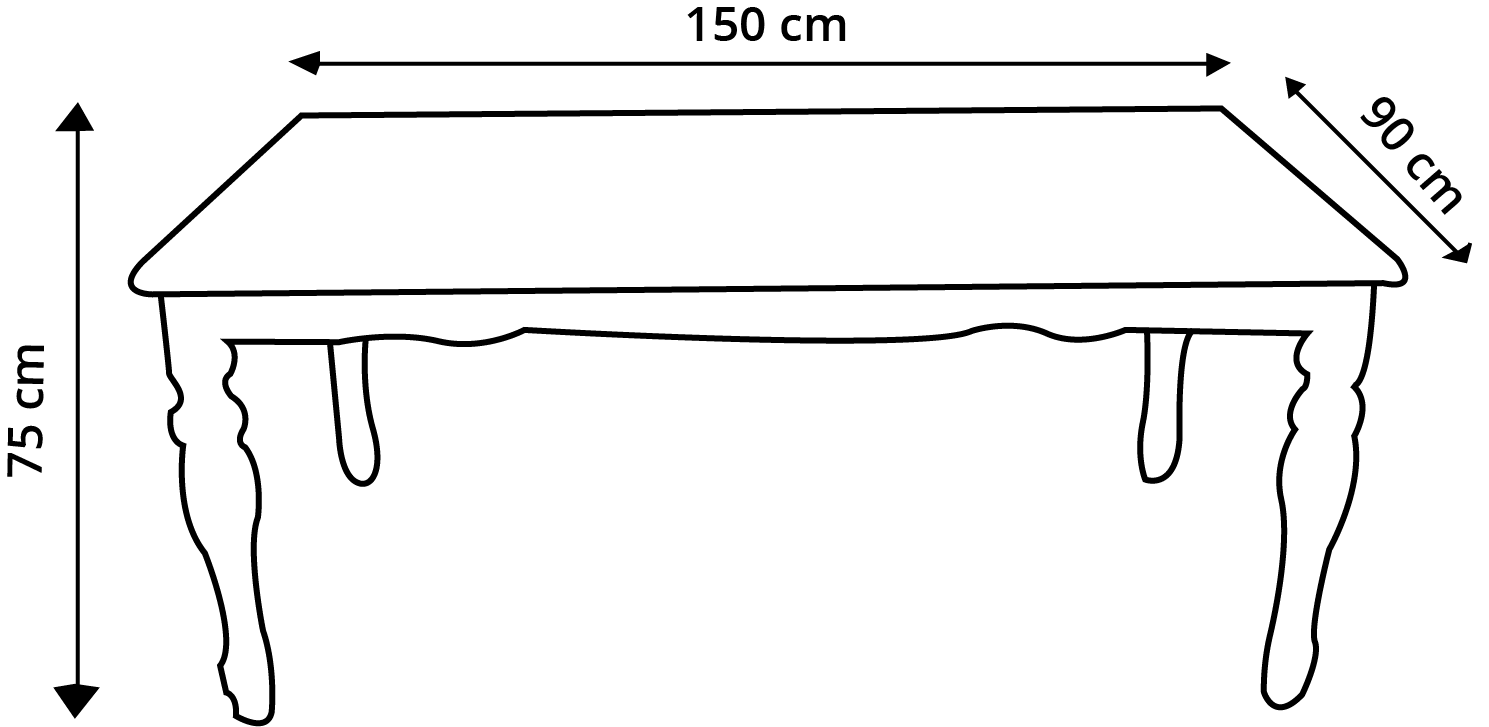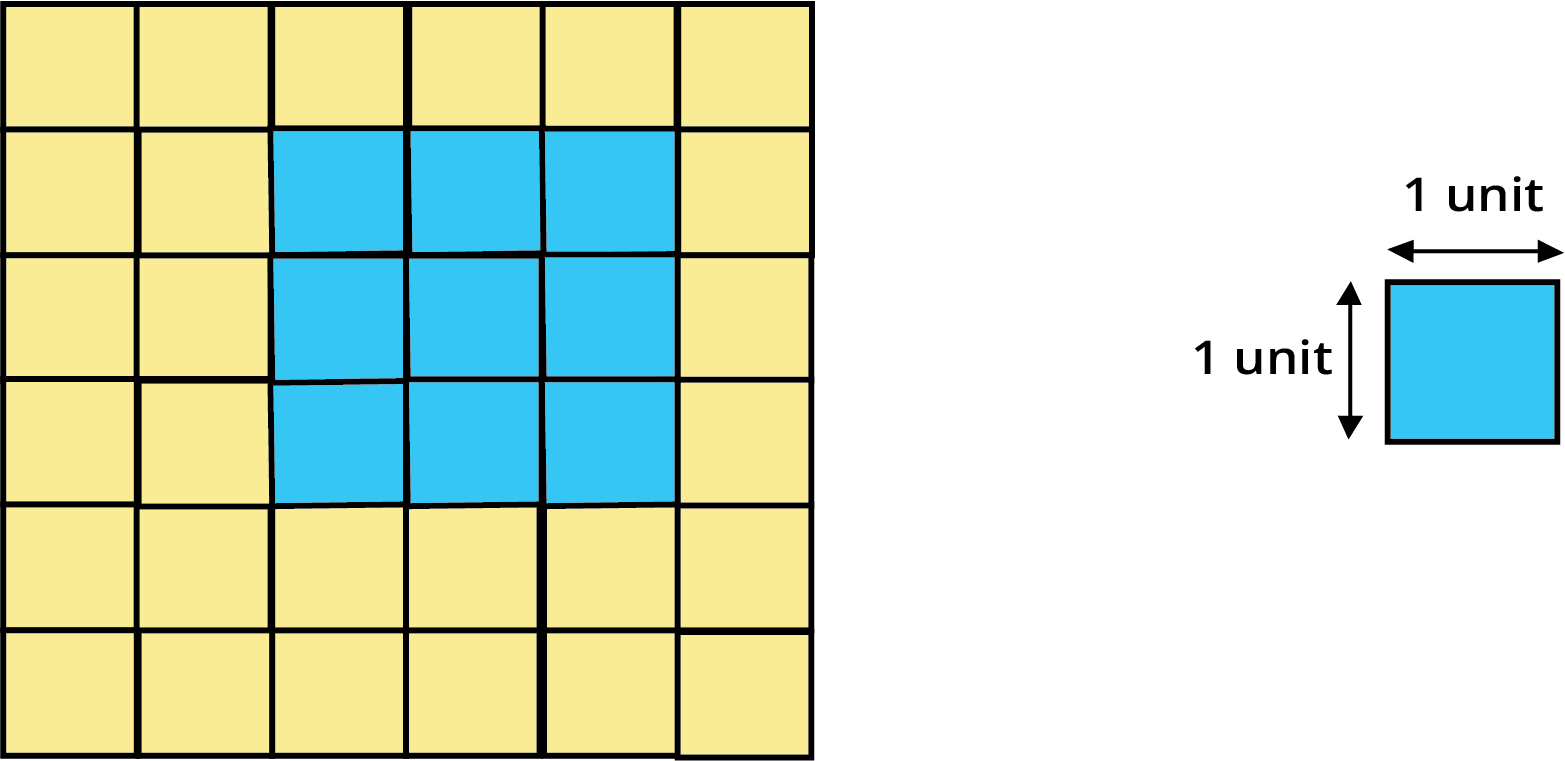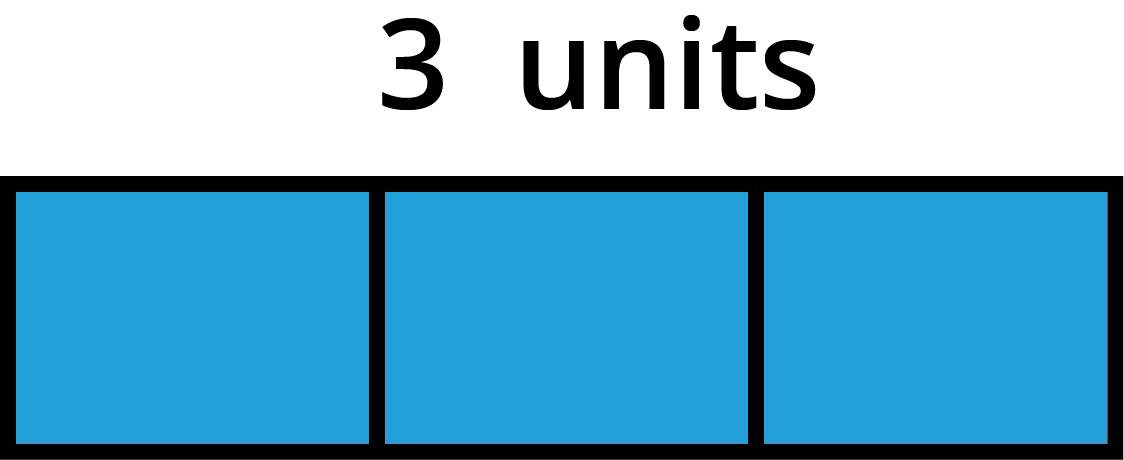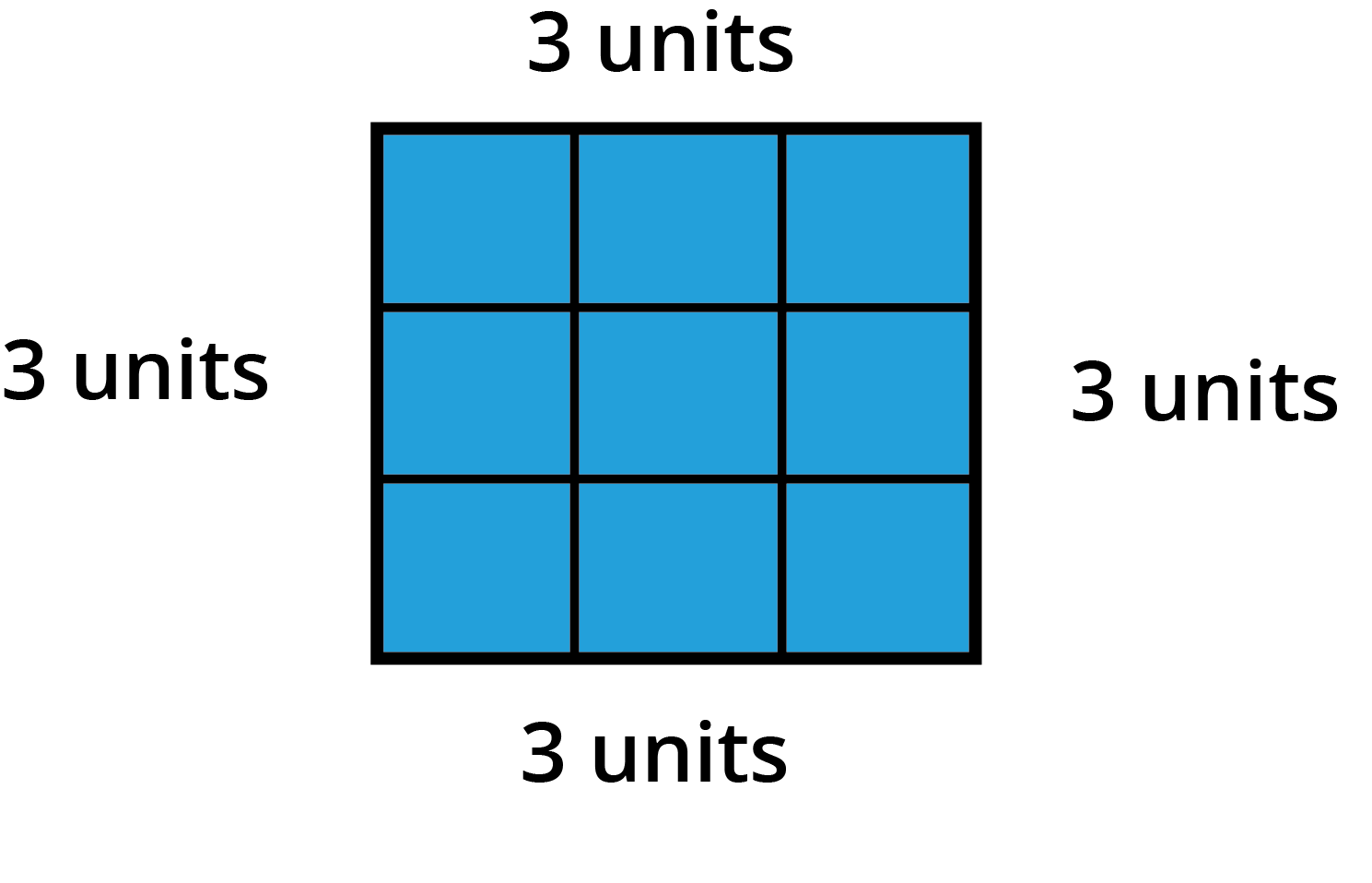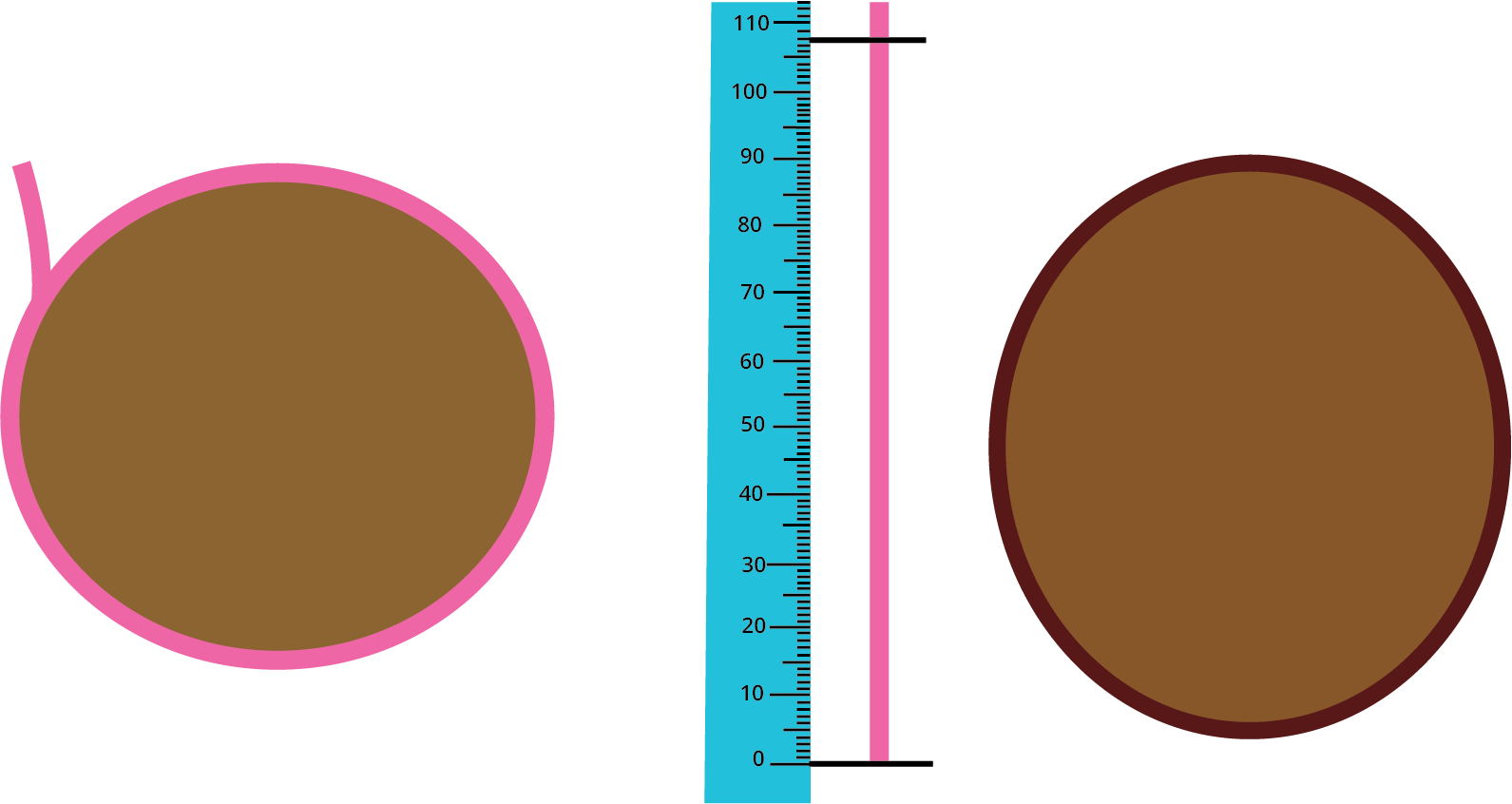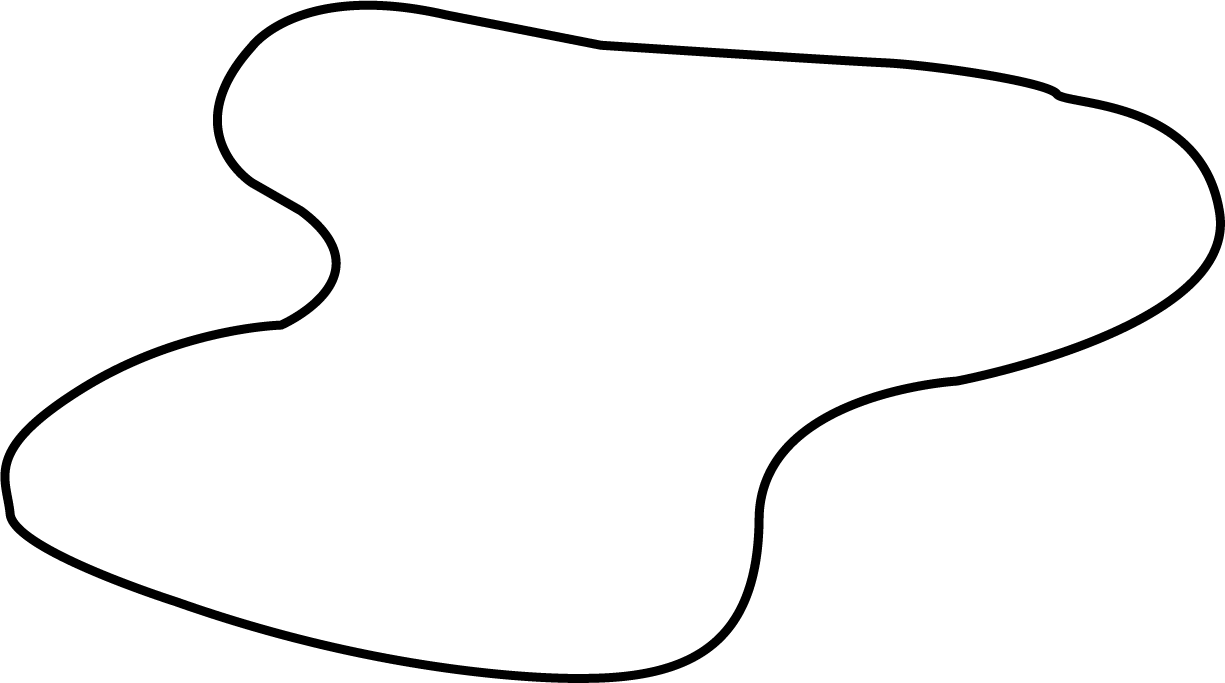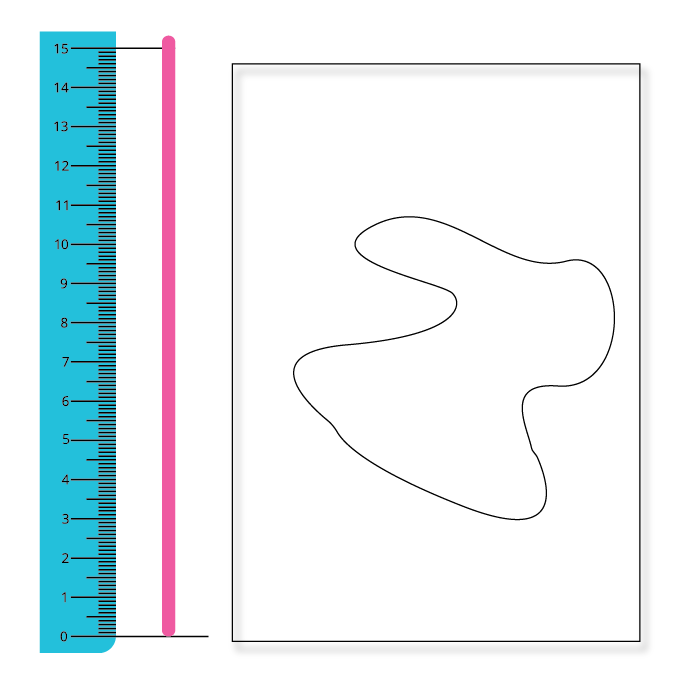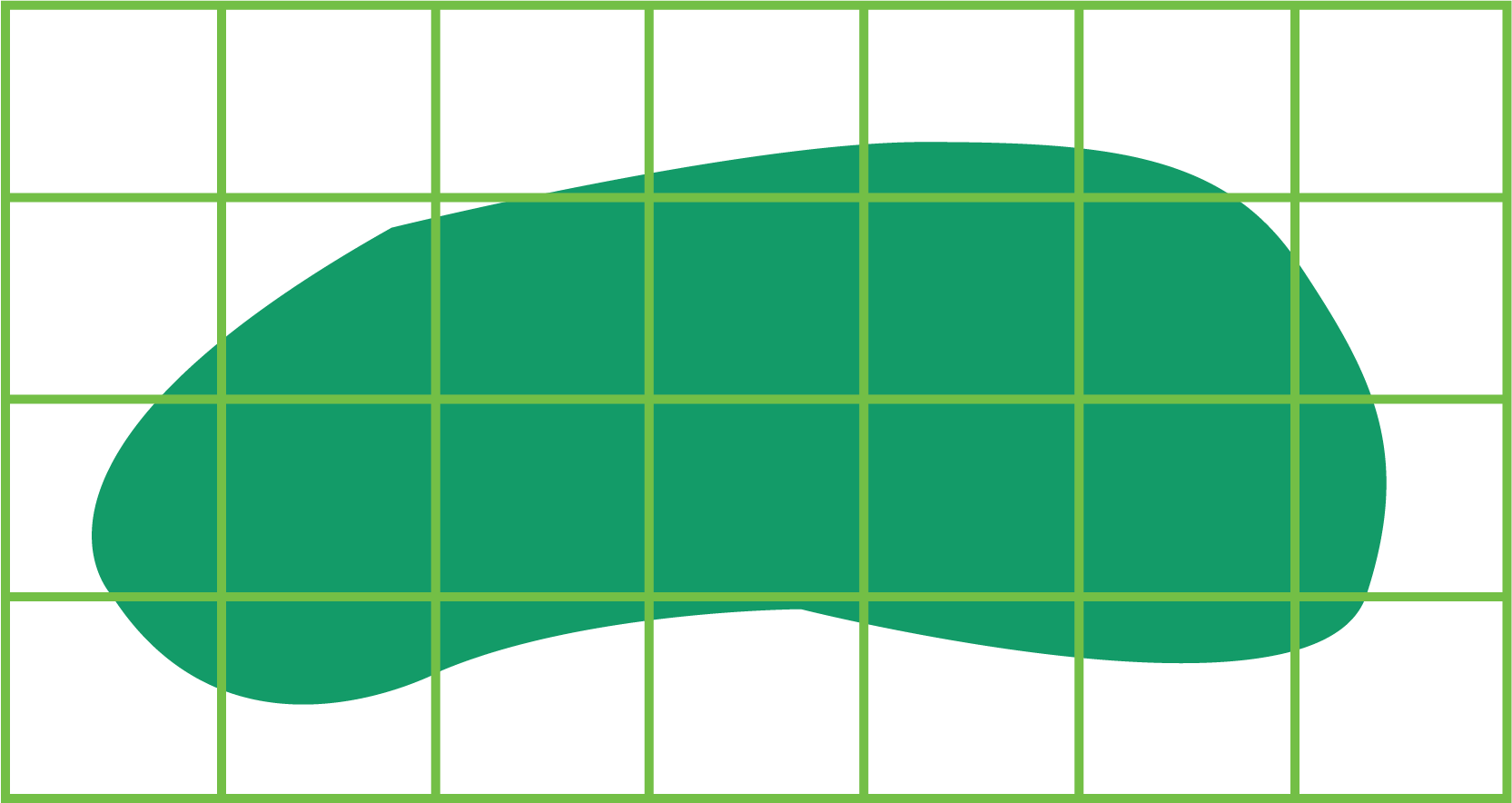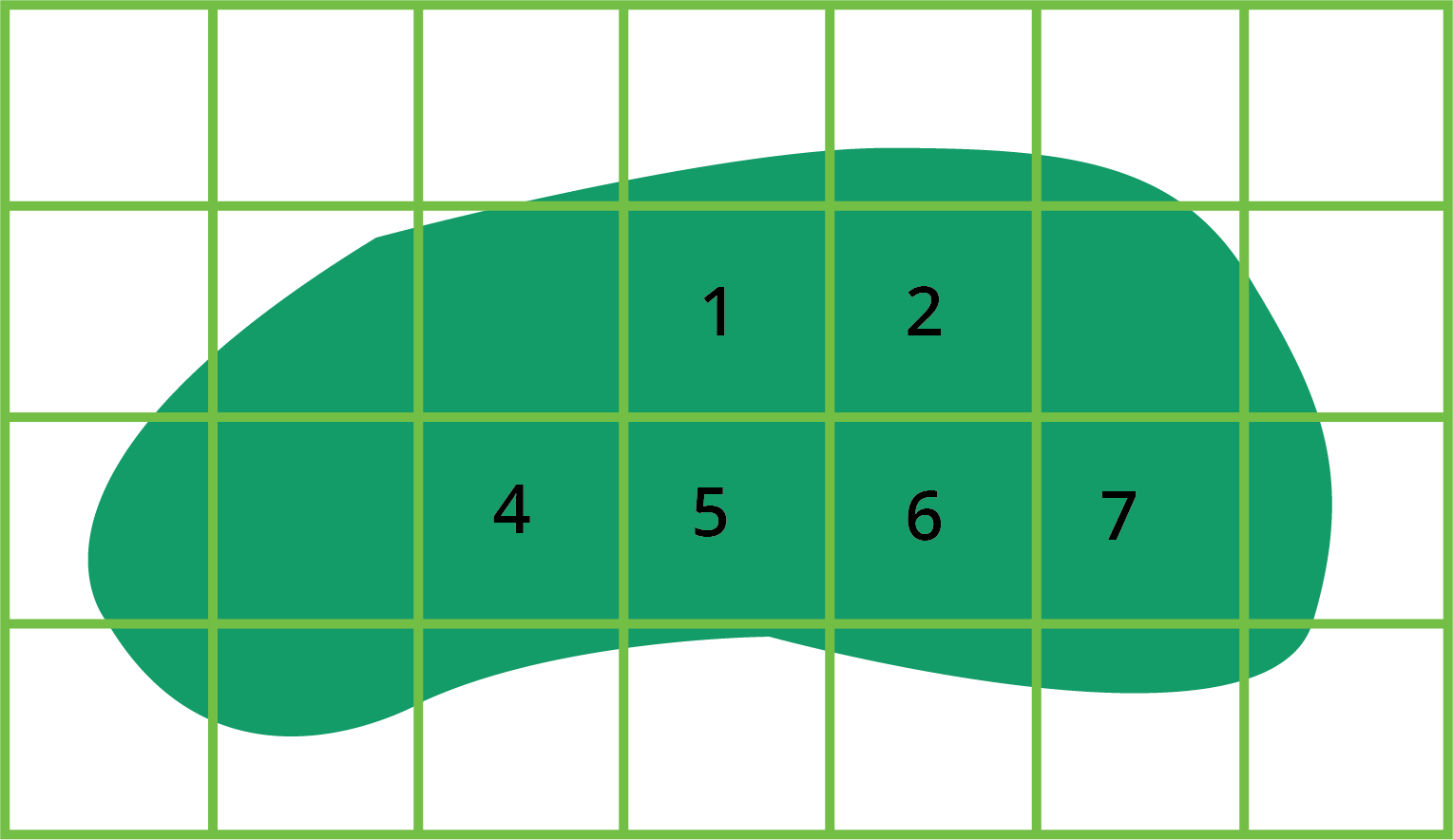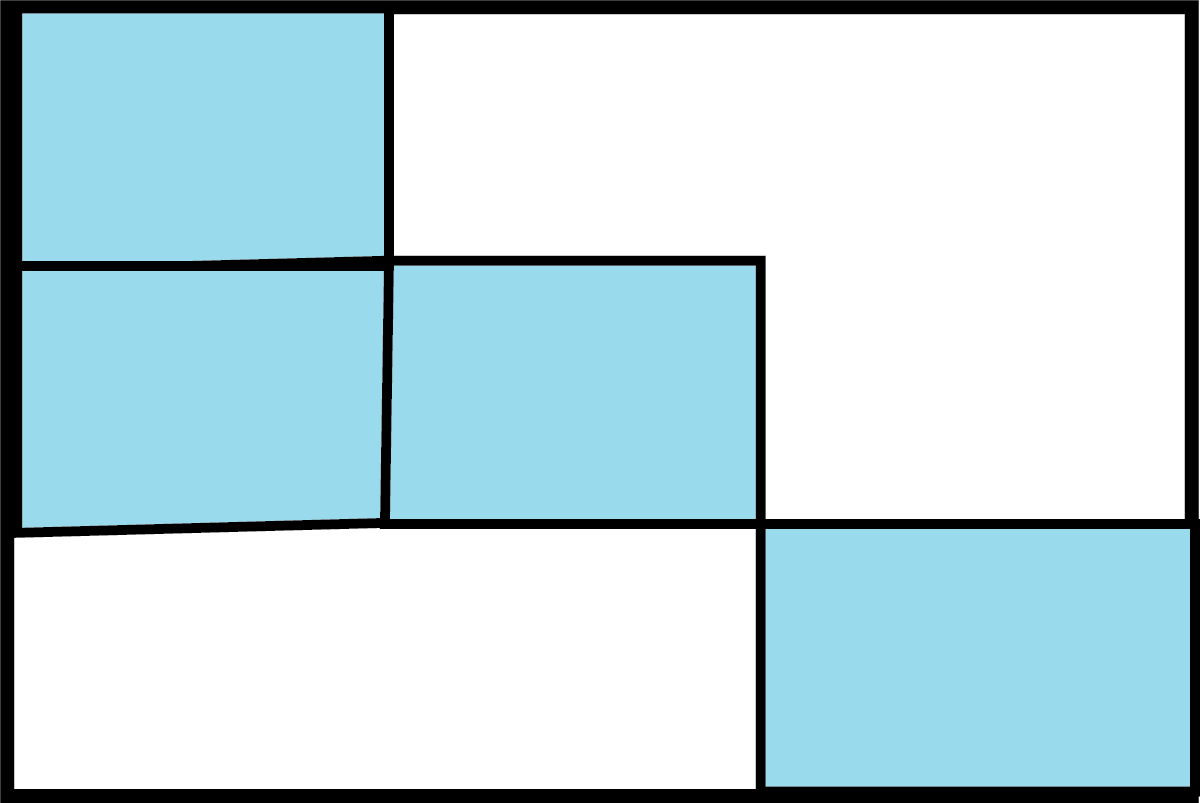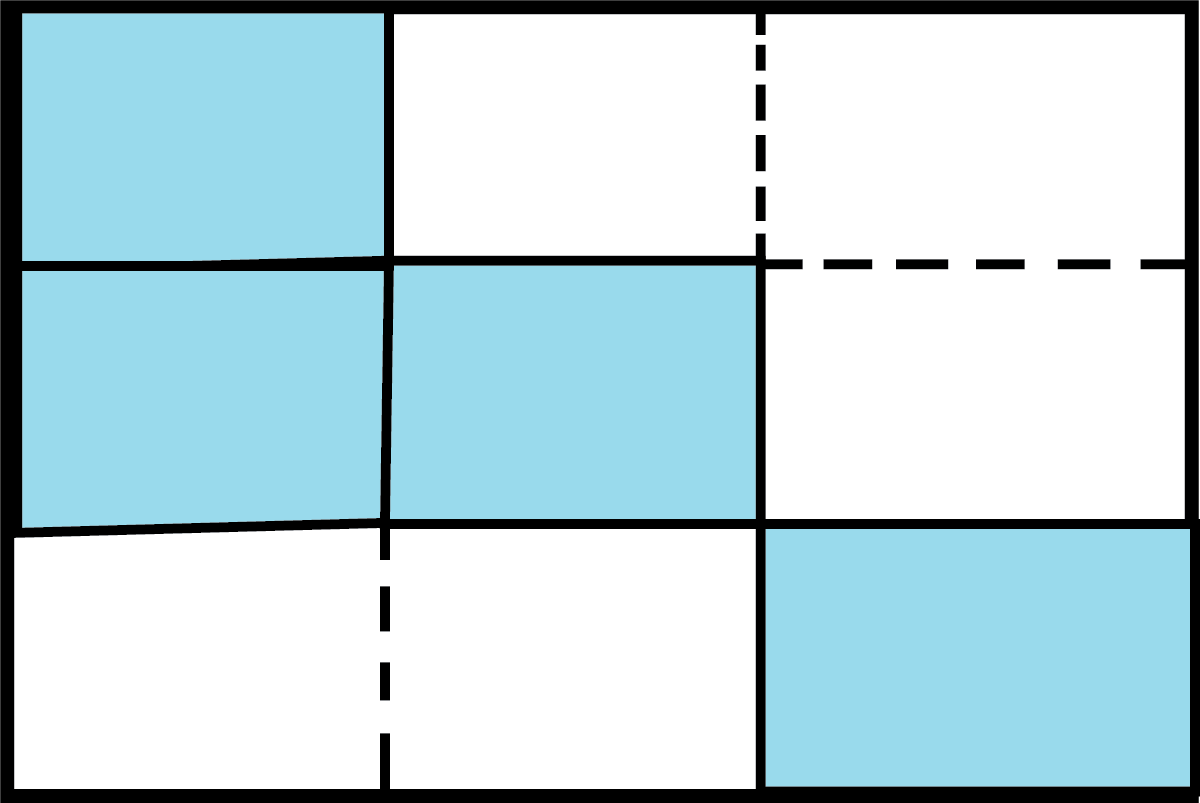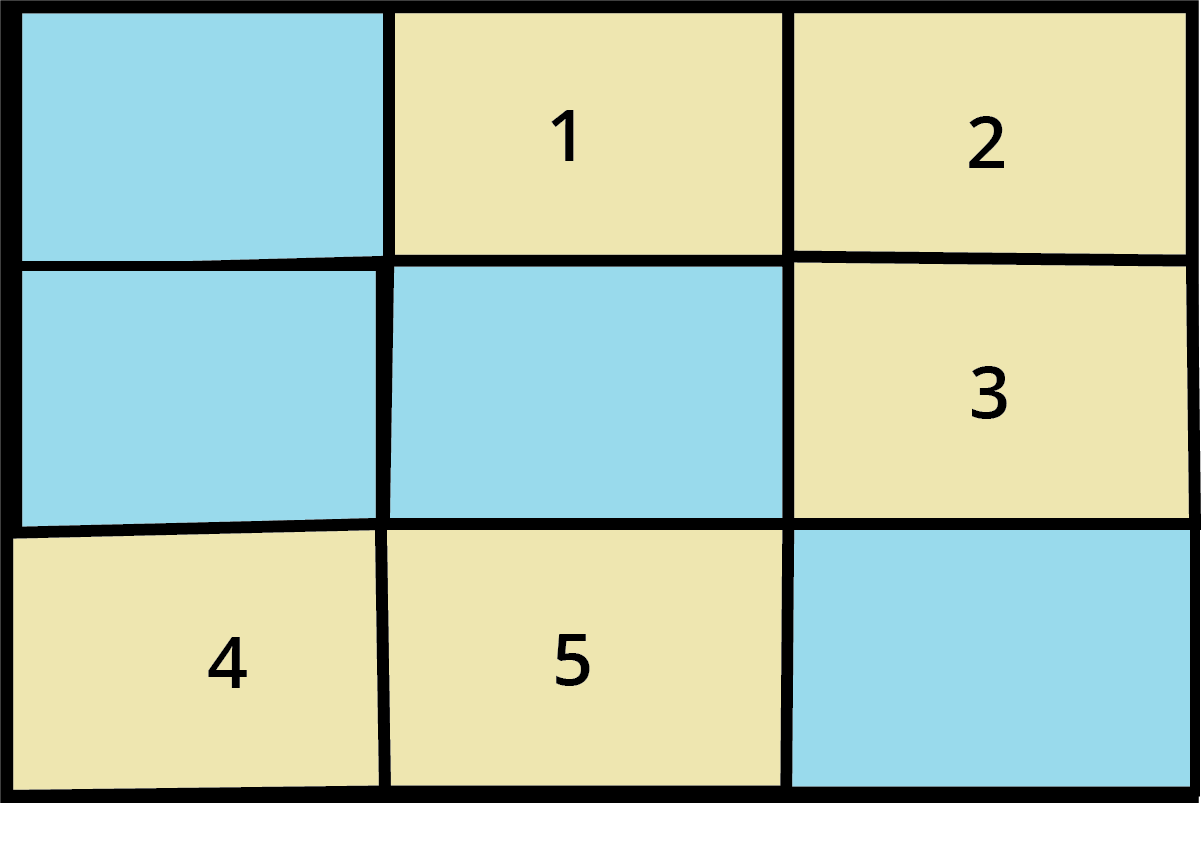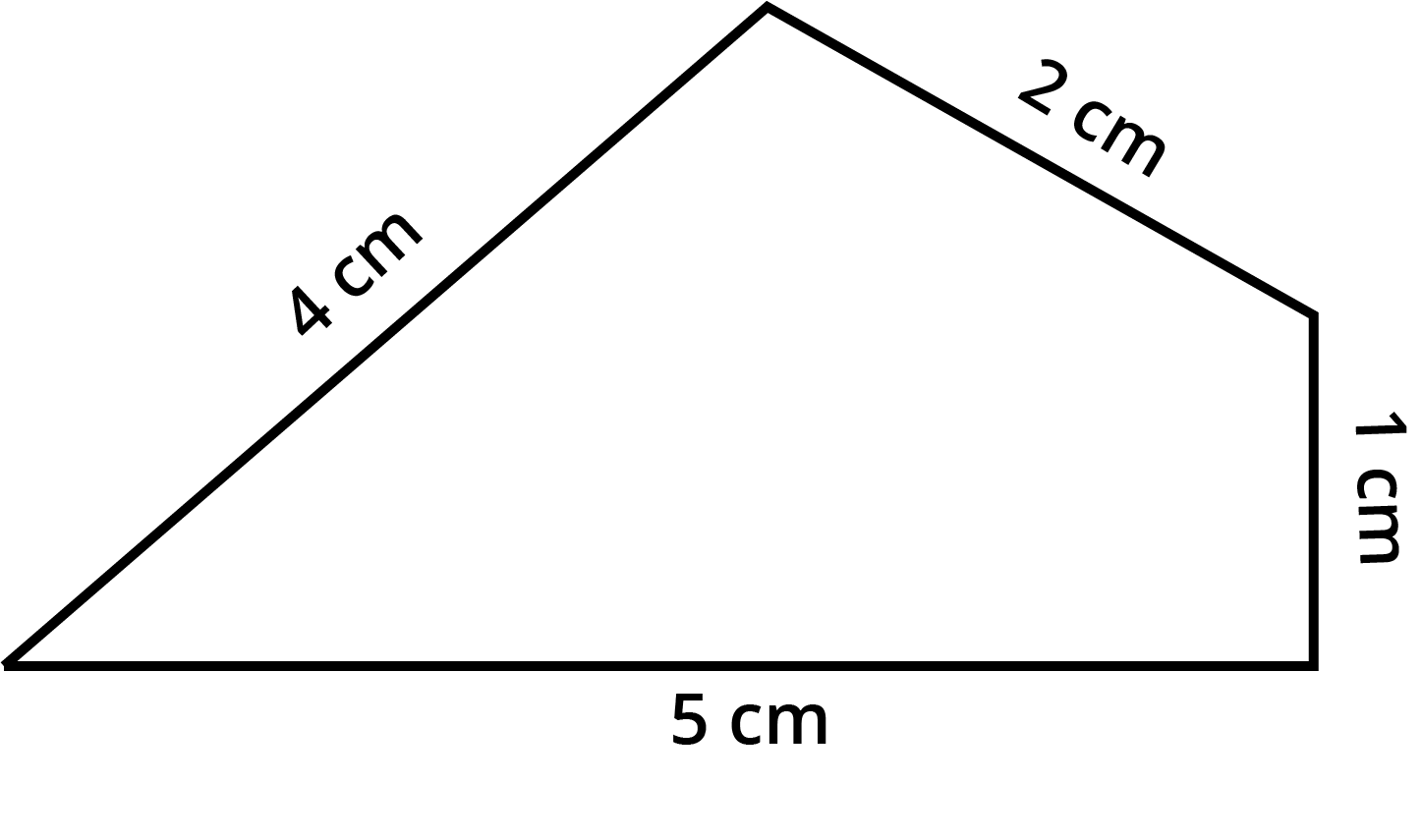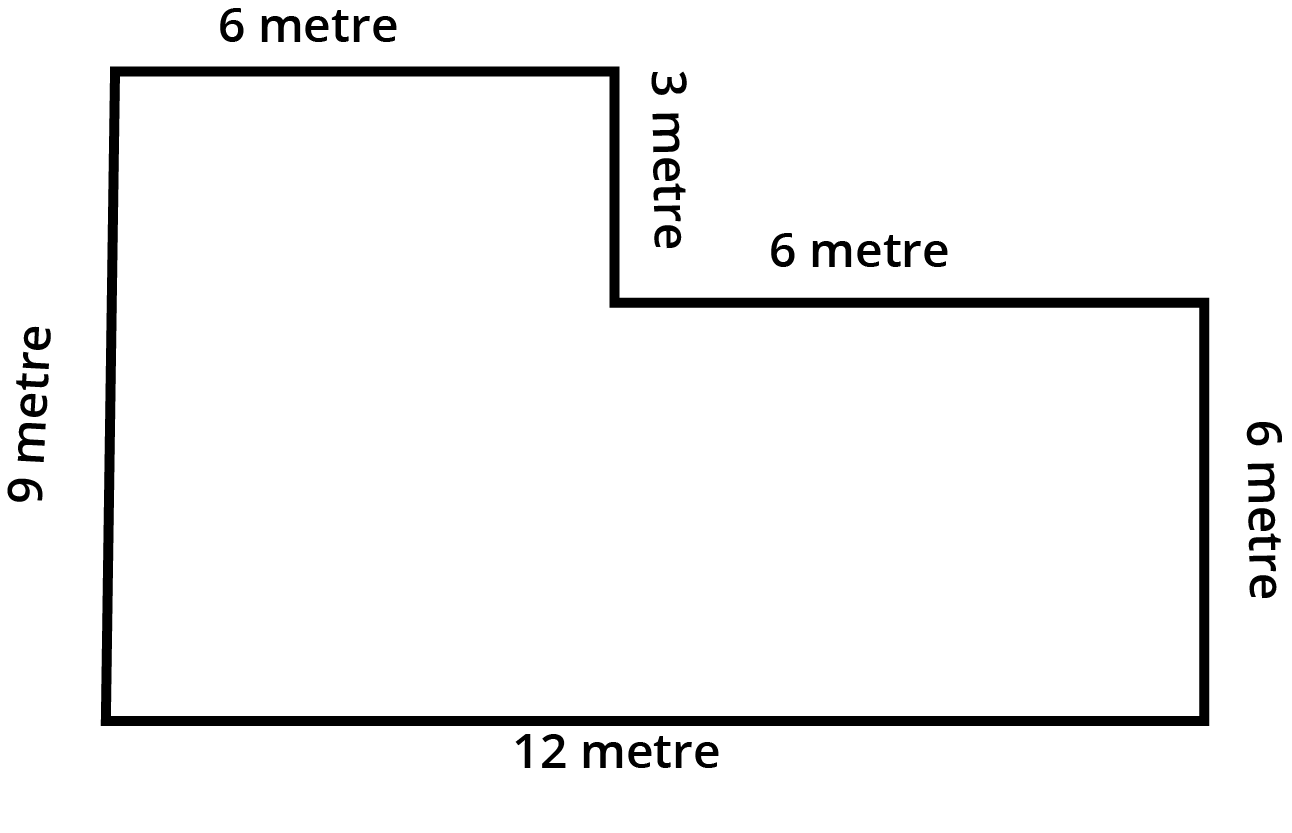Maths Notes for Chapter 13 Fields and Fences Class 4 - FREE PDF Download
FAQs on Fields and Fences Class 4 Maths Chapter 13 CBSE Notes - 2025-26
1. How will the Class 4th Maths Chapter 13 NCERT Solutions help me?
All the answers to the questions in the exercise and worksheets given here will help you understand the question patterns and easy solutions to the questions. You will be able to recognize the pattern and answer them accordingly by recalling the solution methods given by our experts.
2. Why is the Chapter 13 Math activity for Class 4 important?
The activities are designed to deliver a hands-on experience to the students. This is an excellent method of experiential learning that helps you to understand what perimeter is and how to calculate it.
3. How can I measure the length of the boundary of a field?
If the field is irregular in shape, use a rope. If it is a rectangle, measuring its length and breadth will do the trick. If it is a square, you can multiply its side’s length by 4. If it does not have a proper shape but has sides, measure all the sides and add them to get an answer.
4. How do real-life problems relate to the concepts of fields and fences in Class 4 Maths Chapter 13?
Real-life problems in Chapter 13 connect the learning of fields and fences to everyday situations. You'll encounter scenarios where understanding perimeter helps solve practical challenges, like determining the amount of fencing needed for a garden. This connection between math and real life makes the chapter not just about numbers but also about applying your knowledge to solve problems you might encounter in your surroundings.
5. Why is it important to simplify tricky parts when learning about fields and fences?
Simplifying tricky parts in Chapter 13 is crucial because it makes learning easier and more enjoyable. Vedantu's notes and explanations are like having a guide that breaks down complex ideas into simple steps. This approach helps you understand and handle questions effortlessly, even if you're studying at the last minute. By making the challenging aspects easy to grasp, you can confidently navigate through the chapter, building a strong foundation in understanding shapes and measurements.

























